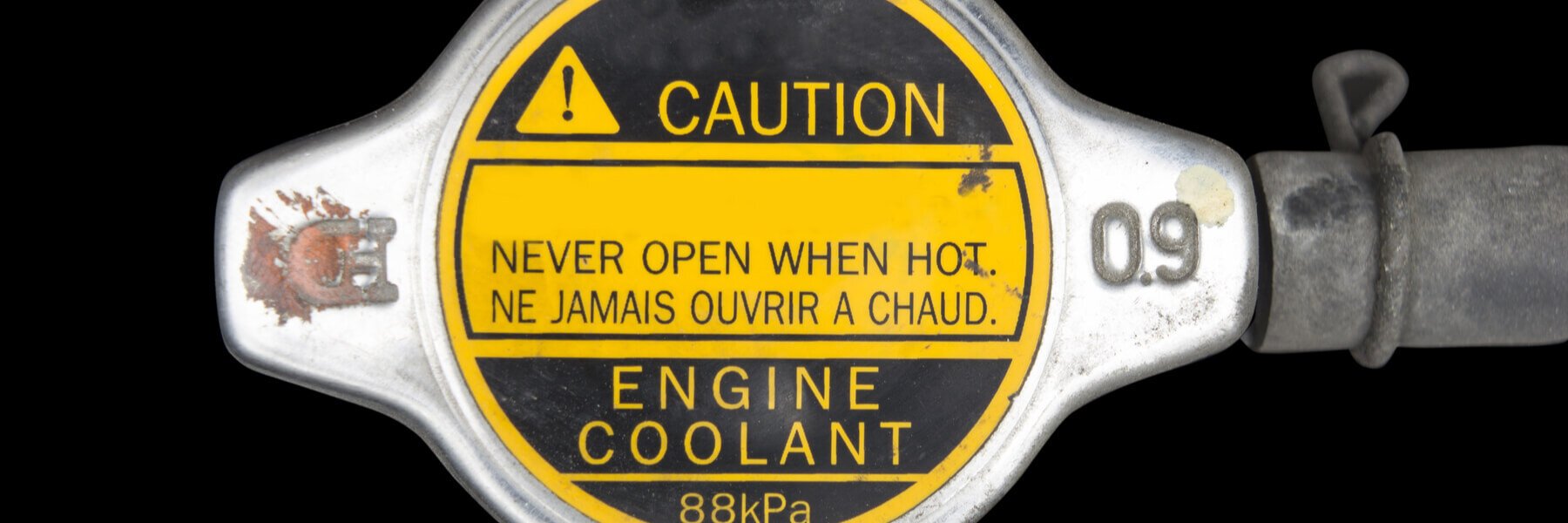You’re driving down the road when all of a sudden, the check engine light appears. It’s an alarming situation that’s most likely happened to everyone and a scenario that immediately sparks concern over whether you should keep driving or pull over. Here are the steps you should follow next time to feel confident when that pesky light comes on.
Determine THE PROBLEM
A “check engine” light can point to a few different car issues, from something as simple as a loose gas cap to a severe engine problem. That’s why the check engine light has become one of the more dreaded indicators to pop up when it comes to auto maintenance. So if this light shows up, here are some of the common issues it could be:
CHECK THE LIGHT
- Solid Light: A solid light can be a simple fix and isn’t as much cause for concern as a flashing light, but it’s best to visit a repair shop to determine what’s wrong with your vehicle to prevent further problems.
- Flashing Light: A flashing light typically means there’s a more serious issue. The longer you ignore a flashing light, the worse the damage will get, so you should drive to a repair shop as soon as possible.
COMMON PROBLEMS
- Loose Gas Cap: A loose gas cap needs to be tightened, but a faulty gas cap may need to be replaced. A simple way to fix this problem is to tighten the gas cap the next time your car is parked. If the light turns off, then the problem is solved. If the light doesn’t go away, you’re at least one step closer to finding the correct solution. However, you’ll need to take your car to the repair shop for these following three problems.
- Mass Air Flow Sensor: If you’re experiencing rough idling, dark exhaust smoke, poor fuel efficiency, acceleration trouble, hard starting, surging, or hesitation, you may have a dirty or faulty mass airflow sensor. The mass airflow sensor (MAF) measures the quantity of air mass flow into an engine’s inlet. A faulty MAF leads to driveability issues and critical problems with your vehicle.
- Faulty Catalytic Converter: A faulty catalytic converter gives off higher emissions, which can make your vehicle illegal to drive if those emissions are higher than allowed by your state. While it’s not too dangerous to drive, you’ll notice a decrease in the performance of your catalytic converter, so you should get this part repaired when you can.
- Spark Plugs: Worn spark plugs can cause misfiring, weakening your engine’s performance and increasing fuel consumption. Your spark plugs help burn fuel more efficiently, so if your gas mileage suddenly drops, there’s a good chance your spark plugs have depreciated over time.
WHAT TO DO NEXT TIME
Although the check engine light doesn’t necessarily mean you have an engine failure, it’s best to reduce your speed, especially if your check engine light is flashing. A flashing light means your vehicle needs immediate attention, so you’ll want to prepare yourself to safely pull over if you need to call a tow truck.
If your car is driving fine and the light indicator is solid, there’s a good chance there are no significant issues with your vehicle. It’s up to you when you want to take your car to a repair shop, but the longer you wait, the more your wallet could suffer.
As soon as you can, drive to your trusted auto maintenance shop so an expert mechanic can diagnose the issue.
CONCLUSION
A check engine light can be concerning, especially when we don’t know what it means. But that dreaded light indicator doesn’t have to cause you panic! Still, it’s a good idea to get your car diagnosed to keep auto maintenance issues from growing into a more significant problem and putting more stress on you (and your wallet) than there needs to be.
If you’re looking for a dealer, you can trust to solve all of your car problems, get in touch out or drive on over to Naylor’s Auto Repair the next time your car is causing you issues.



